Learn the art of making sourdough bread from scratch, from creating a starter to mastering the perfect loaf. Discover tips, techniques, and the benefits of baking your sourdough bread at home.
I started making sourdough bread in the summer of 2023 on a whim after experimenting with some of my Polish bread recipes. My journey began untraditionally; I decided to create my sourdough starter from a poolish and bread recipe, testing out different baker’s math ratios. It was a process of trial and error, but eventually, I landed on my favorite sourdough bread recipe and was hooked!
Making sourdough bread quickly became a passion. I started with just two loaves at a time and soon gained the knowledge and confidence to master batch seven loaves simultaneously! I fell in love with the art of sourdough; my family adored it, and it did wonders for our healthy gut.
What is a Sourdough Starter?
A sourdough starter is the heart and soul of sourdough bread. It’s a mixture of flour and water that ferments over time, capturing wild yeast and bacteria from the environment. This wild yeast makes sourdough bread rise, and the bacteria (primarily lactic acid bacteria) give it its distinctive tangy flavor.
Creating a sourdough starter from scratch involves mixing equal parts of flour and water, letting it sit at room temperature, and feeding it regularly with more flour and water. Over a week or so, the mixture will bubble and develop a pleasant, sour smell – a sign that your starter is alive and ready to use.
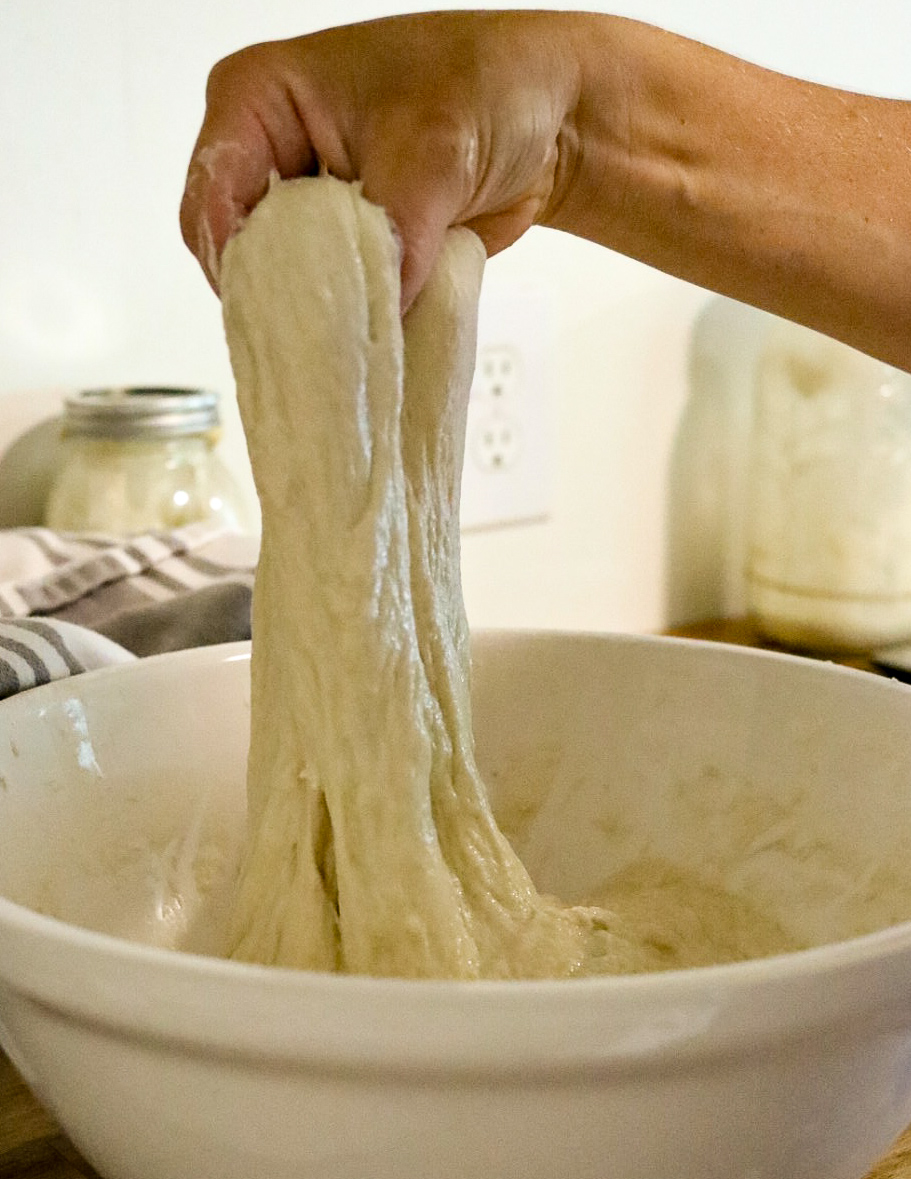
What is a Poolish?
A poolish is a pre-ferment commonly used in baking, especially in French and Polish breads. It’s a mixture of equal parts flour and water, with a small amount of yeast, allowed to ferment for a specific period (usually 12 to 16 hours). The poolish adds flavor depth and improves the final bread's texture.
Using a poolish in sourdough baking is a bit unorthodox, as sourdough relies on wild yeast rather than commercial yeast. However, starting my sourdough journey with a poolish helped me understand the fermentation process better and gave me a consistent starting point for my experiments.
Why Learn How to Make Sourdough Bread?
There are many reasons to learn how to make sourdough bread:
- Flavor: Sourdough bread has a complex, tangy flavor that’s hard to beat. The long fermentation process allows the flavors to develop impossibly with commercial yeast.
- Health Benefits: Sourdough is easier to digest than many other types of bread. The fermentation process breaks down some of the gluten and phytic acid in the flour, making it more digestible and better for gut health.
- Creativity: Baking sourdough is both an art and a science. It allows for a lot of creativity regarding ingredients, techniques, and even shaping the loaves.
- Sustainability: Making your bread at home can reduce waste and reliance on commercially produced bread, which often contains preservatives and additives.
- Connection: There’s something deeply satisfying about making bread from scratch. It connects you to the past, traditional baking methods, and a slower, more mindful way of cooking.
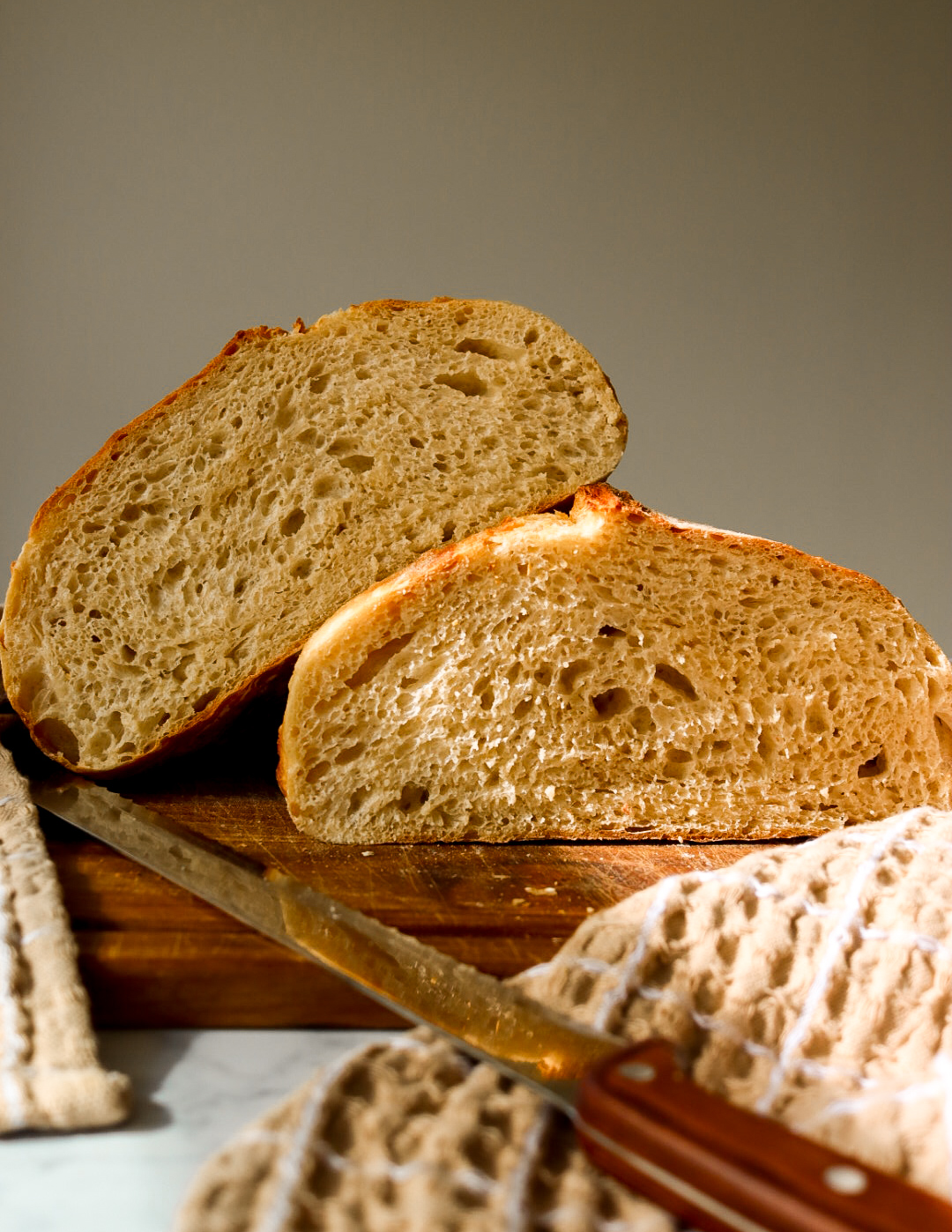
What is Sourdough Bread?
Sourdough bread uses a natural fermentation process with wild yeast and bacteria from a sourdough starter. It has a chewy texture, a crisp crust, and a slightly tangy flavor.
Making sourdough is slower and more involved than commercial yeast, but the results are well worth it. Making sourdough bread involves mixing flour, water, salt, and sourdough starter, allowing the dough to ferment and rise, shaping the dough, and then baking it. Each step requires attention to detail and understanding how the dough should look and feel.
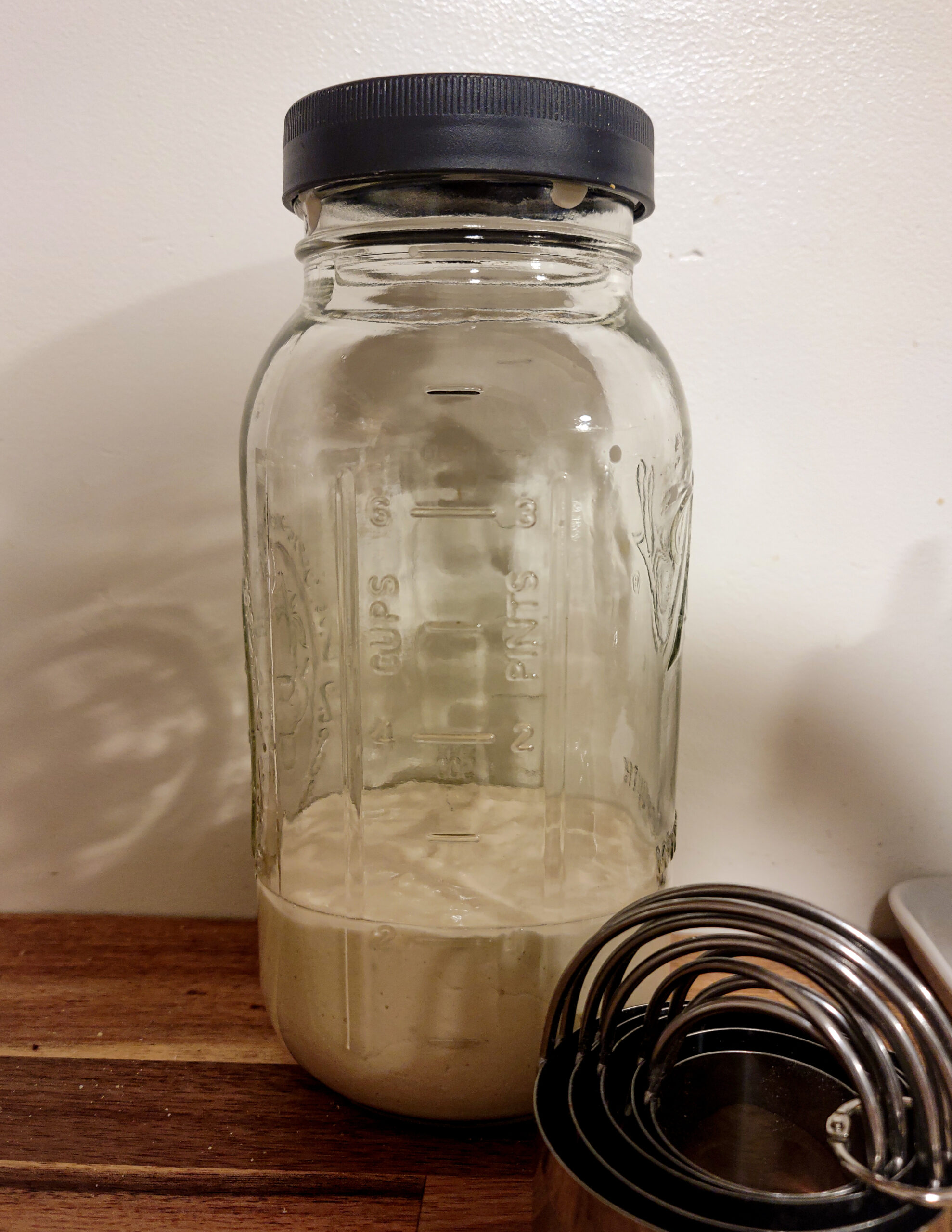
What Flours Are Best?
The type of flour you use can significantly impact the flavor and texture of your sourdough bread. Here are some of the best flours for sourdough:
- All-Purpose Flour: This is a great starting point for beginners. It’s easy to work with and produces a reliable rise and texture.
- Bread Flour: This flour has a higher protein content than all-purpose flour, giving your bread a better structure and a chewier texture.
- Whole Wheat Flour: Whole wheat flour adds a hearty flavor and more nutrients to your bread. It can be used alone or mixed with white flour.
- Rye Flour: Rye flour has a distinctive flavor and is often used with other flours to add depth of flavor. It’s also very active in fermentation, which can help boost the activity of your starter.
- Spelt Flour: Spelt is an ancient grain with a slightly nutty flavor. It can be used in sourdough to add variety and complexity.
Experimenting with different flours can be fun and help you discover new flavors and textures in your bread.
My Favorite Sourdough Bread Recipe.
My journey with sourdough has taught me a lot, and I've developed a favorite recipe I now use regularly. This recipe combines the techniques and ratios I've tested and refined over time, resulting in consistently delicious bread.
After much experimentation, I developed a sourdough bread recipe I love and use regularly. It combines the techniques and ratios I’ve tested over time, resulting in consistently delicious bread.
The process starts with feeding my sourdough starter the night before I plan to bake. This ensures the starter is active and ready to work its magic in the dough. The next day, I mix the starter with flour, water, and salt and let it rest. After several rounds of folding and fermenting, the dough is ready to shape and proof. Finally, it’s baked in a hot oven to achieve that perfect crust and crumb.
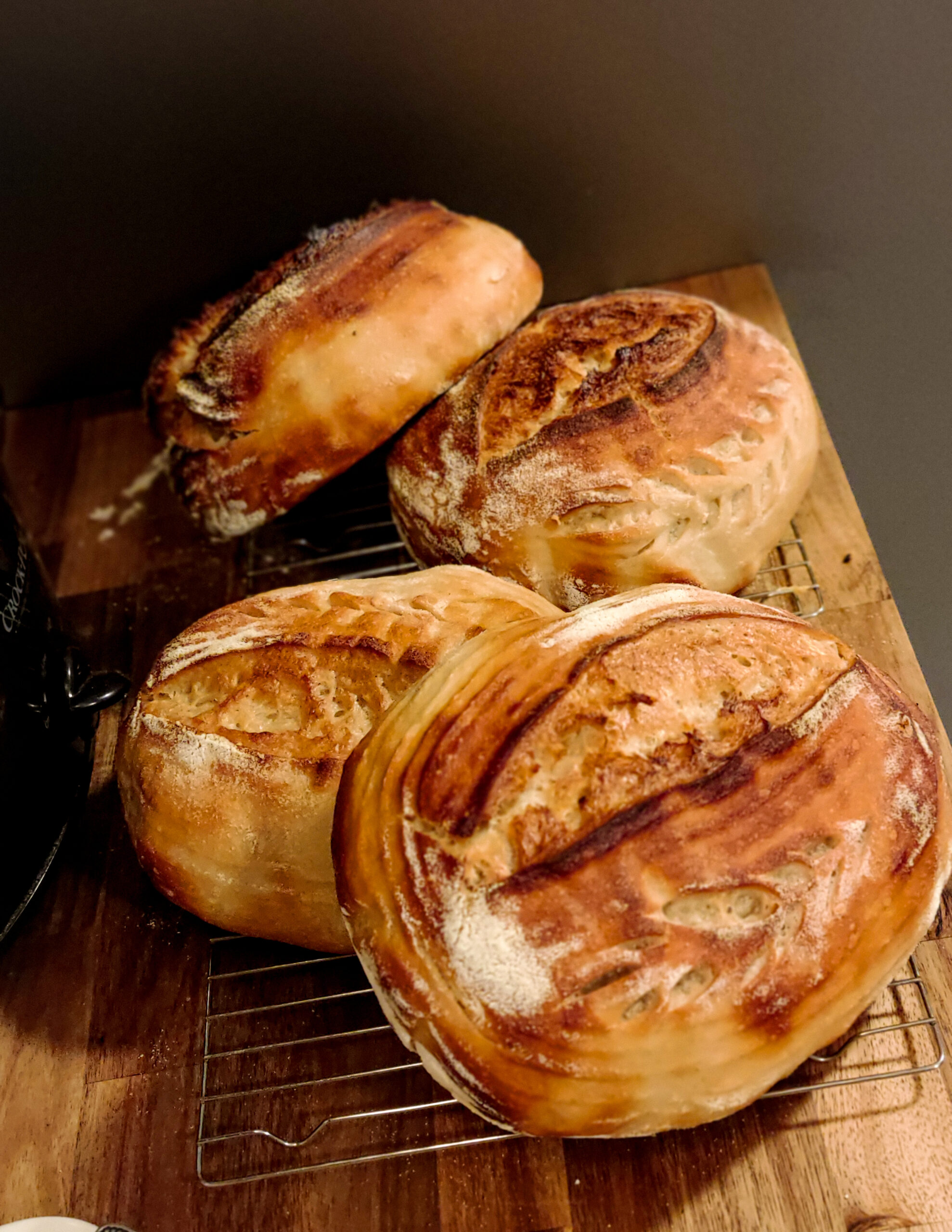
The Journey to Mastering Sourdough Bread:
I had no idea what I was doing when I started making sourdough. I was used to baking bread with commercial yeast, a much more predictable process. With its reliance on wild yeast and natural fermentation, Sourdough was a whole new world.
My initial attempts were... let’s say, less than perfect. I had loaves that did rise but were too dense for my liking, and I wanted the perfect airy crumb. But I didn’t give up. I kept experimenting, and by week 2 of my journey, I had my tried-and-true recipe, proofing techniques, and proofing times all down to what I was seeking!
Finally, I landed on a method that worked for me. I learned to understand my dough, to feel when it was ready, and to trust the process. Making sourdough became a meditative practice to slow down and connect with the food I created.
My favorite sourdough tools and baking supplies are here!
Would You Like a Sourdough Series?
I hope you’ve enjoyed reading about my sourdough journey and have been inspired to start your own. Sourdough baking is a rewarding and delicious way to connect with the bread-making tradition. If you’d like a sourdough series where I share more tips, techniques, and recipes, please let me know by leaving a comment below. I would love to continue sharing my passion for sourdough with you!

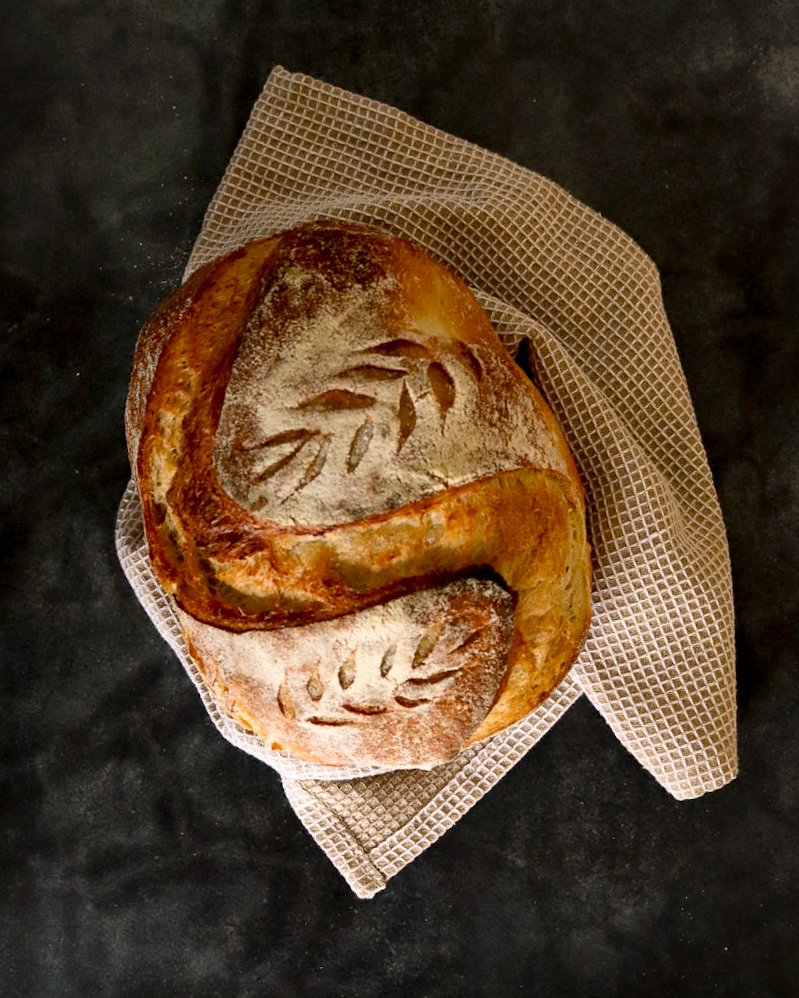
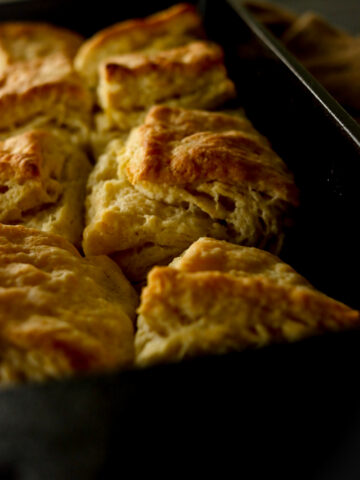
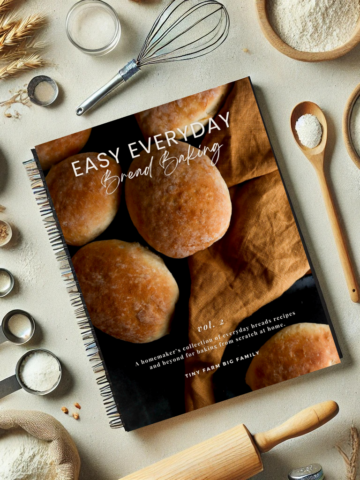
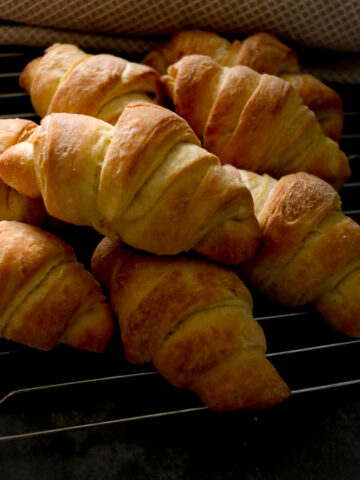
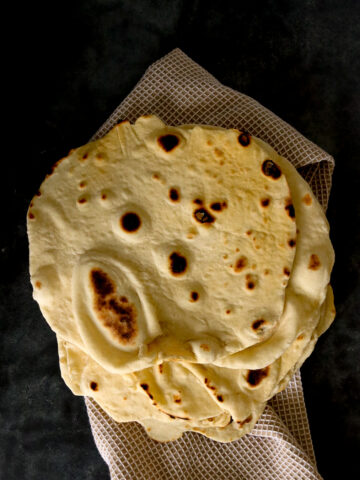
Janice says
I would love to know more about your sour dough
TJ says
I would love the sourdough series. Sometimes my bread rises and sometimes it is flatter than a pancake🤦♀️
Thank you
Diane says
I would love to read your Sourdough Series. I have never tried baking sourdough, but am fascinated with the beauty and taste of it. Thank you.
Cheryl says
I am wanting to start my own sour dough starter. Help me please. Years ago i had a family starter that was potatoe starter i'd like to try something like that again.
Teresa says
Where is your favorite recipe you perfected and talk about ? I’ve followed and read everything but I haven’t seen the recipe ?
tinyfarmbigfamily says
No recipe shared as of yet, this was a journey blog
Lora says
I would love to see a series on making sourdough! I have been wanting to venture into it, but nervous!
Sarah says
I would love to learnmore about sourdough I have not been too successful so far.
Janet says
Hi .can I make the sourdough bread gluten free?
tinyfarmbigfamily says
It is possible, but I am not familiar with it. As don't focus on that, as I believe it is more about the flour quality and sourdough naturally is better for your GI track because of the natural yeast.